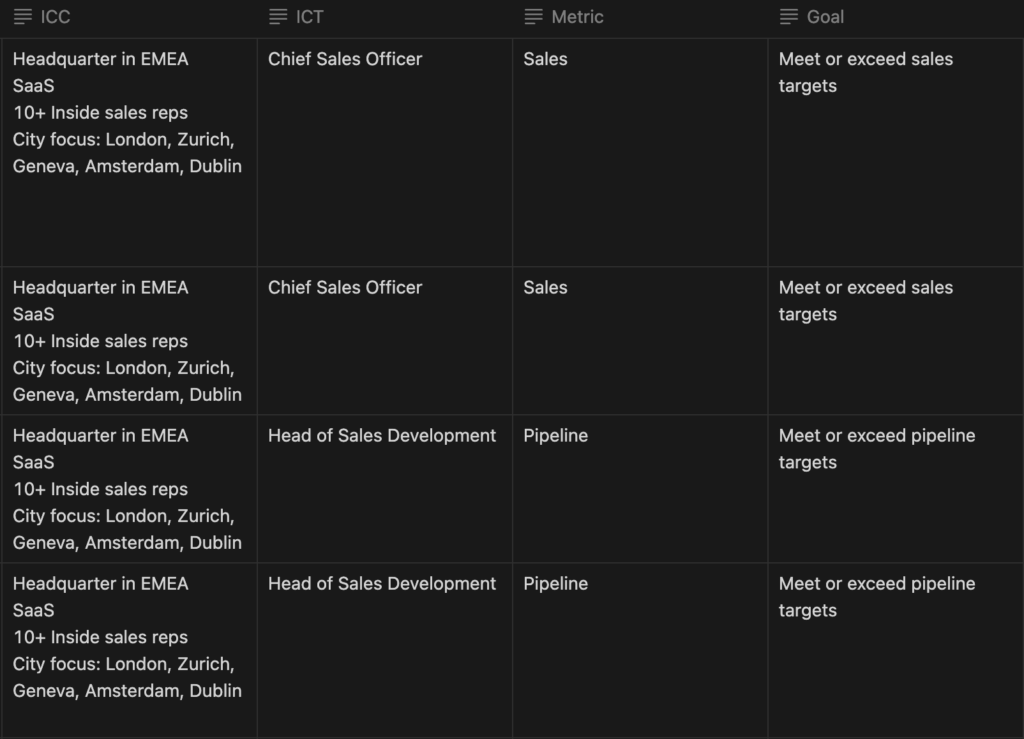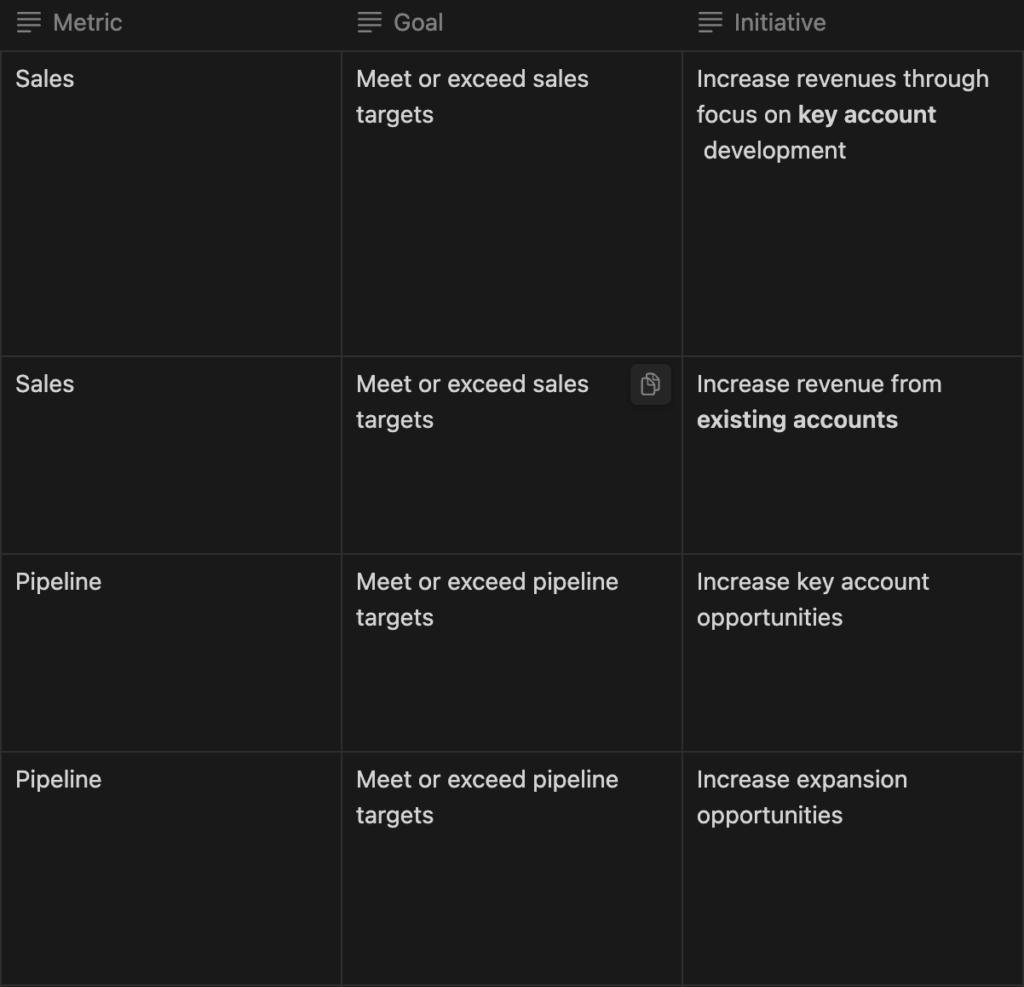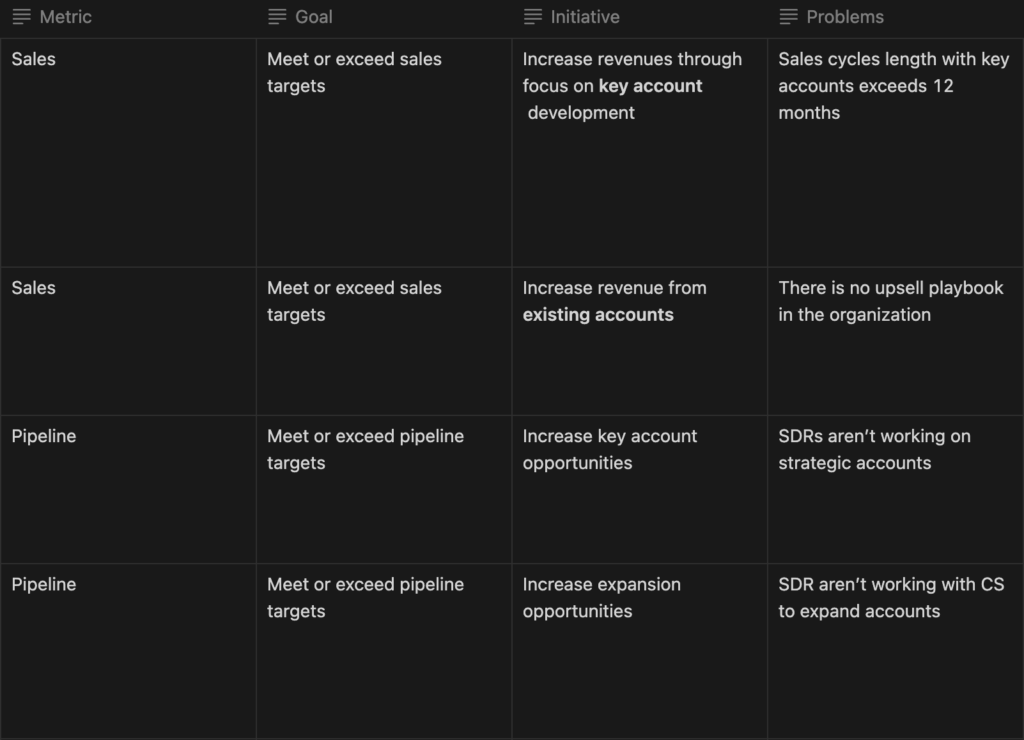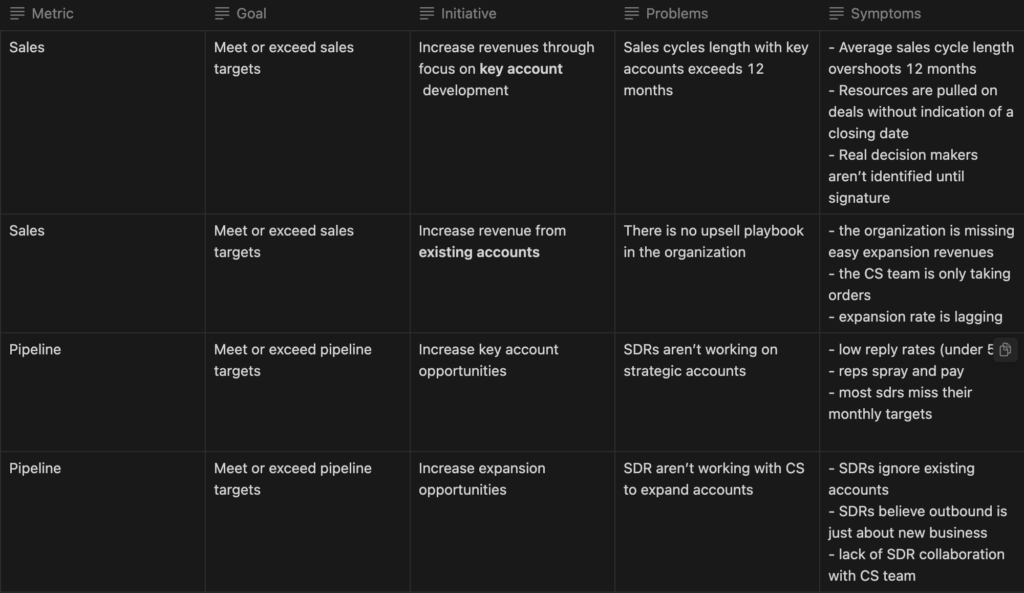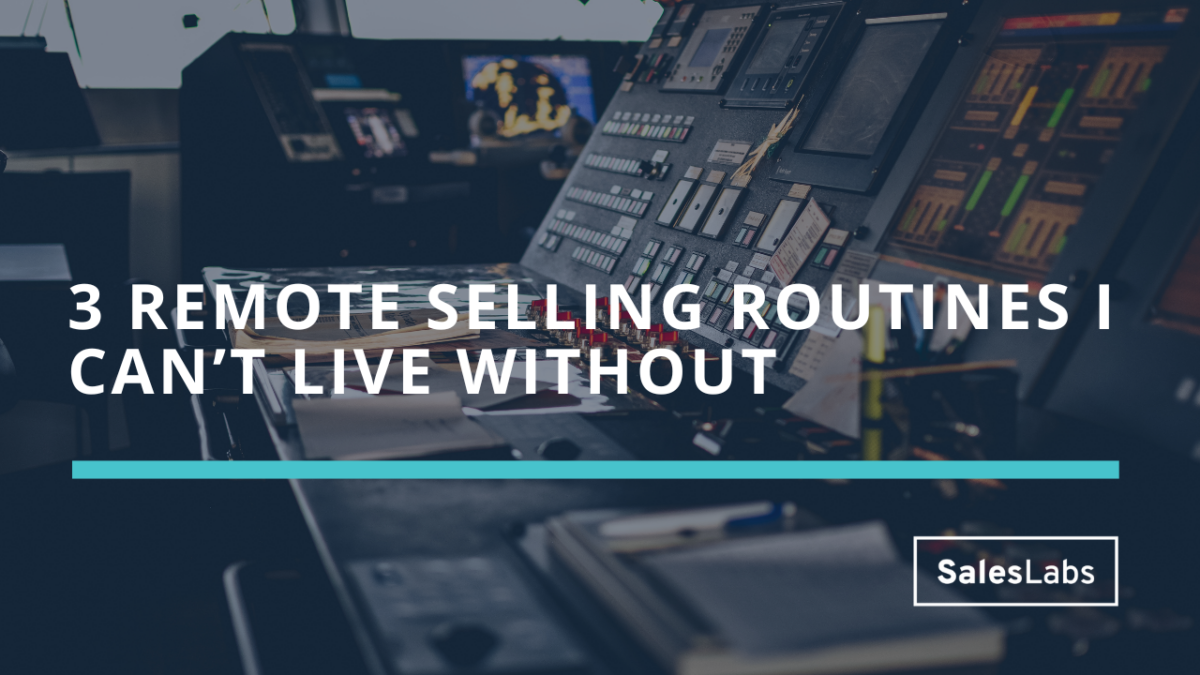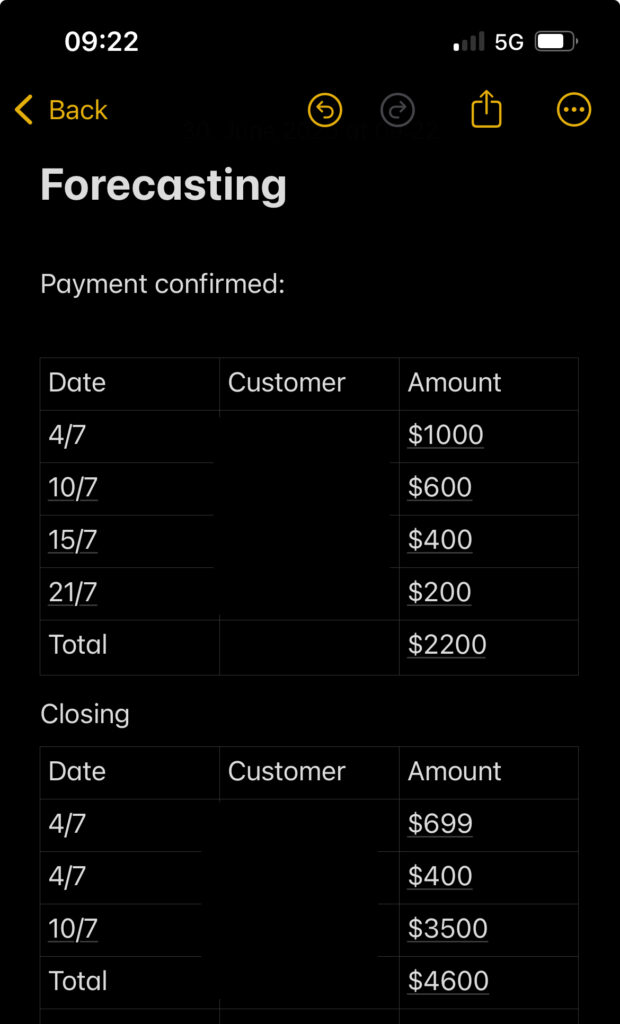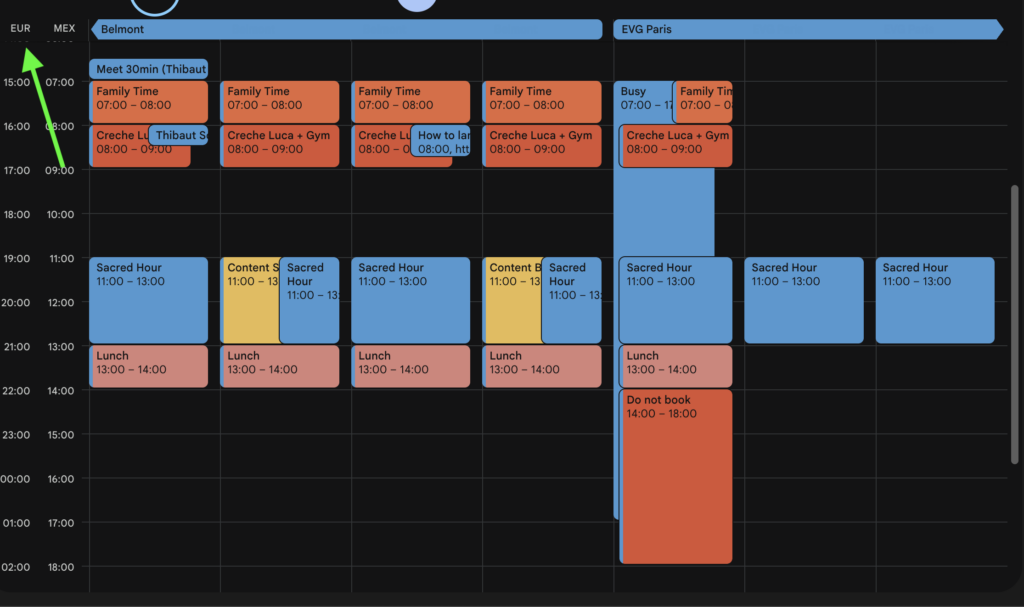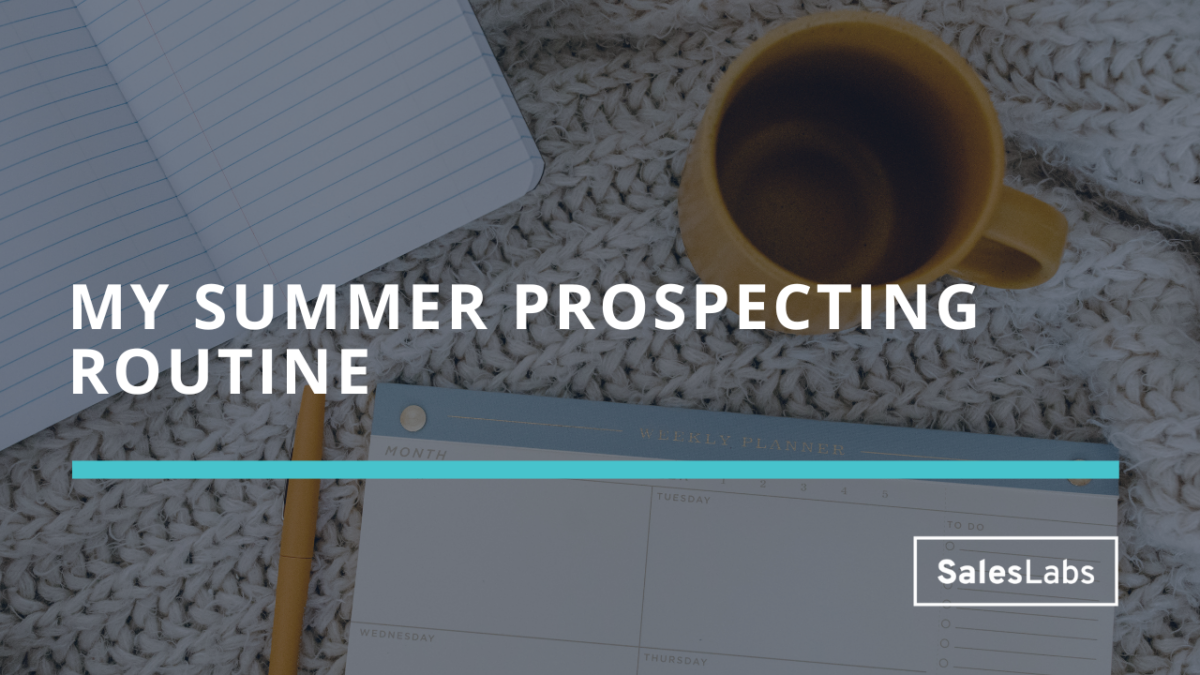5 humans sales mistakes we keep making during sales calls (and what to do about them)
In today’s issue, I’ll share 5 of the most common human mistakes salespeople make during sales calls. I’ve been in thousands of sales calls since I started my sales career, and I’ve coached thousands of salespeople, and we keep repeating the same mistakes, again and again.
Luckily, this has been changing with AI, making it easier than ever to be coached in real time, so we can focus on the conversation, instead of stressing about avoiding making mistakes.
Here are these mistakes, and what you can do about them:
Mistake 1: Not coming prepared (or having the time to prepare) to a meeting
A lot of salespeople (me included) don’t come prepared to sales calls. They are either too busy or too lazy and they end up asking questions that could have been answered through preparation. This creates a poor buying experience for prospects who often feel like they are wasting time speaking to a rep.
To avoid repeating that mistake, I recommend using WINN AI’s AI Meeting Prep. It provides smart prep summaries so you can catch up in minutes, including: deal status overview, key info about the account and who’s attending and suggested focus points based on unanswered questions, playbook gaps, and more.
Mistake 2: Not sticking to a methodology
We’ve all hear of methodologies like BANT or MEDDIC. These methodologies often include questions to ask in a specific order, making sales calls sound like interrogations for prospects.
As a result, salespeople prefer winging it, and go in the complete opposite direction. They focus on having a sincere conversation, but end up forgetting to ask questions to qualify their deals.
This is where the Playbook Tracker from WINN AI makes a ton of sense. It integrates directly into your call, guides you through the playbook your sales team is using, so you can focus on the conversation instead of trying to stick to your script.
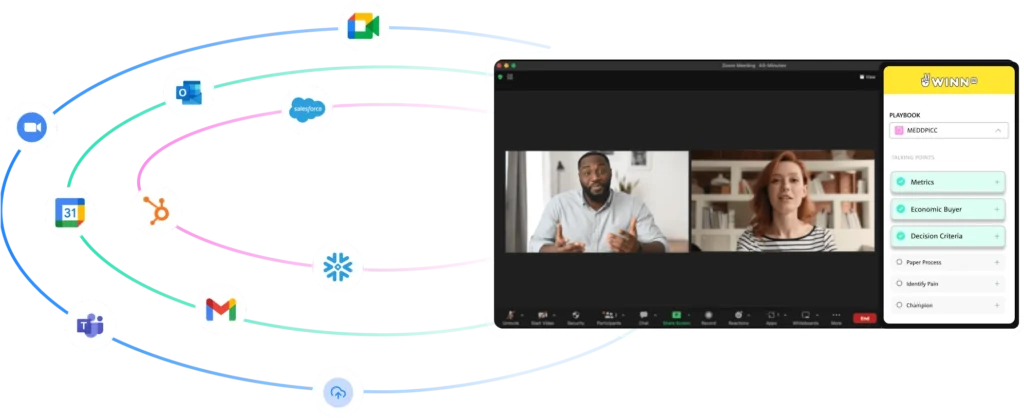
Mistake 3: Not qualifying enough
I see this mistake all the time with inexperienced sellers, or when salespeople start a new job. We work super hard to book meetings with prospects, and we tend to have “happy hears”. This means we interpret sentences like “send me an offer” as a good thing (it’s never a good thing).
A good way to reduce this kind of mistake is to use WINN AI’s real time guidance. When you run your call, the AI is reminding you of things you may have forgotten, suggests ways to dive deeper into qualification, rather than having to organize follow-up calls and emails because you need more information.
Mistake 4: Trying too hard to stick to the script
This mistake is also really common when people start a new sales job. We’re trained on a specific way to sell (in bigger organizations) and we end try too hard to stick to a script. This turns a conversation between two humans into an interrogatory.
WINN AI’s real-time guidance is again a great solution. With the AI tracking your call, you can focus on having a conversation without taking notes or worrying about forgetting to ask a question. You get reminded to ask specific questions if you miss them, and suggested ways to go deeper when identifying a challenge.
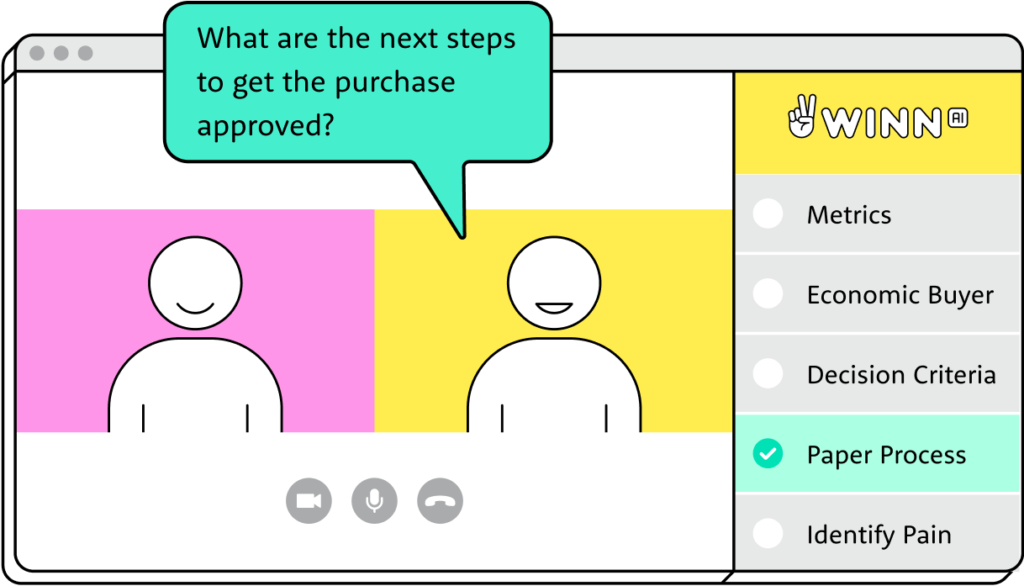
Mistake 5: Not debriefing and staying on top of your deals
Finally, not debriefing or taking too much time to write follow-up emails is another classic. I keep making this mistake again and again, letting too much time pass between a call and a debrief email, forgetting half of the conversation in the meantime.
With WINN AI’s Magic Follow Up emails, you can send a personalized debrief of the conversation right after the call, so you stop pushing it to ‘later’ and keep your deals moving fast.
And these are 5 common human mistakes I see salespeople making again and again when running sales calls.
Hope this helps.
Cheers,
Thibaut
And whenever you are ready, there 3 ways I can help you:
→ Enroll in The Prospecting Engine
→ Want to work with me? Let’s talk about it
→ Sponsor my content and get in front of 46.000+ salespeople
Subscribe to the Newsletter
Get my free, 4 min weekly newsletter. Used by 5.400+ salespeople to book more meetings and work when, where, and how they want.
Subscribe to the Newsletter
Get my free, 4 min weekly newsletter. Used by 5.400+ salespeople to book more meetings and work when, where, and how they want.
